Super Bowl Sunday is a big event for broadcasting.
In the year 1983 the television’s series finale of M*A*S*H on CBS was the most watched program on TV and it held that record until it was beat by a Super Bowl broadcast in 1985. By 2015, M*A*S*H was being surrounded by football, as this graph from Wikipedia shows, and in 2022, the National Football League (NFL) had 82 of the top 100 programs on television in America.
M*A*S*H still is television’s #1 for most viewed scripted broadcast.
Football & Radio
While it’s estimated that over 100 million Americans will watch Super Bowl LVII (57) on television Sunday night, the best estimate for audio only listeners are a vaguer “millions.”
The big game will be broadcast on approximately 600 terrestrial radio stations as well as on-line and on streaming platforms. Westwood One, the radio network of record, will also provide its broadcast to the American Forces Radio Network and America’s Military troops around the world.

As I’ve written here before, I listen to all of my radio via streaming on a smart speaker or my iPhone using the TuneIn Radio App.
Home team fans have been known to watch the television network broadcast while having the sound turned down to hear their local radio broadcasters call the game.
The First Super Bowl Broadcast
The very first Super Bowl between the Green Bay Packers and the Kansas City Chiefs was broadcast by both NBC and CBS. NBC was the official television network of the AFL, and CBS was the same for the NFL; it remains the only Super Bowl to have been broadcast live in the United States by two different television networks.
Radio & Baseball
Baseball was meant to be listened to on the radio.
Growing up in New England hearing the Boston Red Sox baseball games coming out of everyone’s radio was commonplace. I remember sneaking my portable transistor radio into elementary school to listen to a Red Sox game.
Since the birth of radio, baseball has been broadcast live on this medium, originating on August 5, 1921 over Westinghouse’s KDKA in Pittsburgh. 25 year old Harold Arlin, a foreman for Westinghouse Electric Company, became the first person to ever broadcast a Major League Baseball game, using a converted telephone as a microphone.
Sadly, no recording exists of that first baseball broadcast. Radio stations at that time preferred their announcers to be anonymous voices, not wishing them to become popular and harder to manage.
The first television baseball broadcast didn’t occur until August 26, 1939, 18 years after the first radio broadcast.
Today, with every baseball game available to watch on TV, on your computer, smartphone or tablet, does radio matter anymore? Yes, it does, but in generationally different ways. Young baseball fans can’t imagine how us oldsters consumed sports back in the “dark ages.”
You’re either a baseball fan that likes listening to baseball on the radio or the kind that doesn’t.
The radio broadcasting network for Super Bowl 57, Westwood One, says that people who do love to listen to sports on the radio are:
- People who attend sports events
- Seek sports information on a phone
- Friends/Family ask their advice on sports
- Are considered to be a sports category influential consumer
- Play fantasy sports
GfK MRI reports that radio’s play-by-play audience is more engaged with and passionate about sports than those who watch sports on TV.
Super Bowl Parties
We’re hosting a Super Bowl Party for our family this year. For Sue and I, it’s a wonderful opportunity to spend time with family, much like Thanksgiving or Christmas. There will be lots of food and beverages while the TV will be tuned to the big game.
Our party will number ten people, and one rather large and lovable dog.
If you might be wondering how your Super Bowl party compares to others:
- The average Super Bowl party will number 14 people
- 103.5 million people plan on having or attending a home-based Super Bowl party
- 17.8 million people will watch the big game at a bar or restaurant
- 8,083 calories will be consumed at the average football party feast
- Favorite football foods: 28% say its pizza, 24% say its wings & 18% say chips & dips
- 16.1 million people will be calling in “sick” on Monday
Eagles vs. Chiefs
Whether you watch the Super Bowl on TV or listen to it on the radio, whether you’re rooting for the Philadelphia Eagles or the Kansas City Chiefs, or whether, like me, are just coming for the calories and the camaraderie…




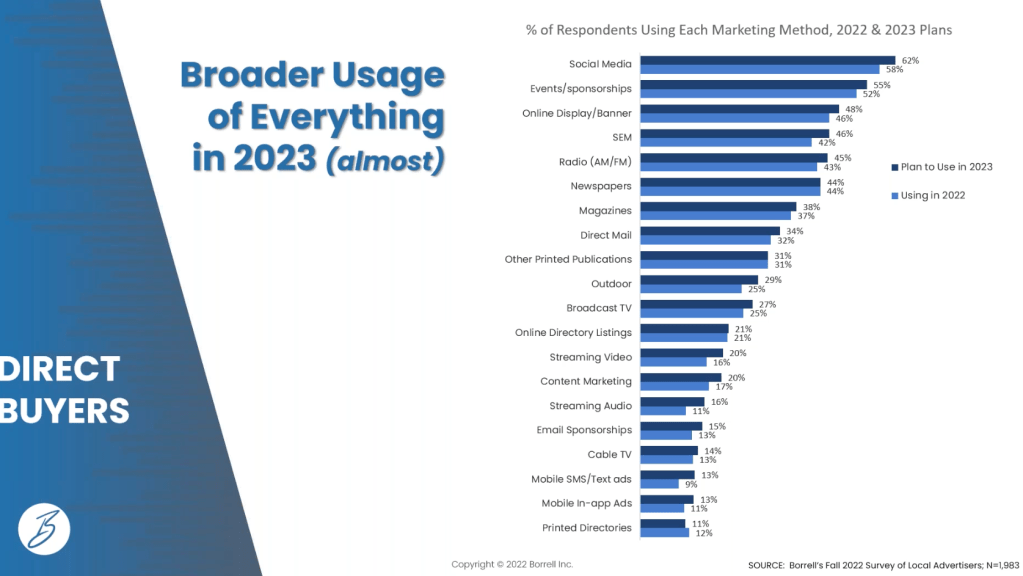



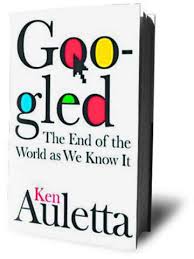
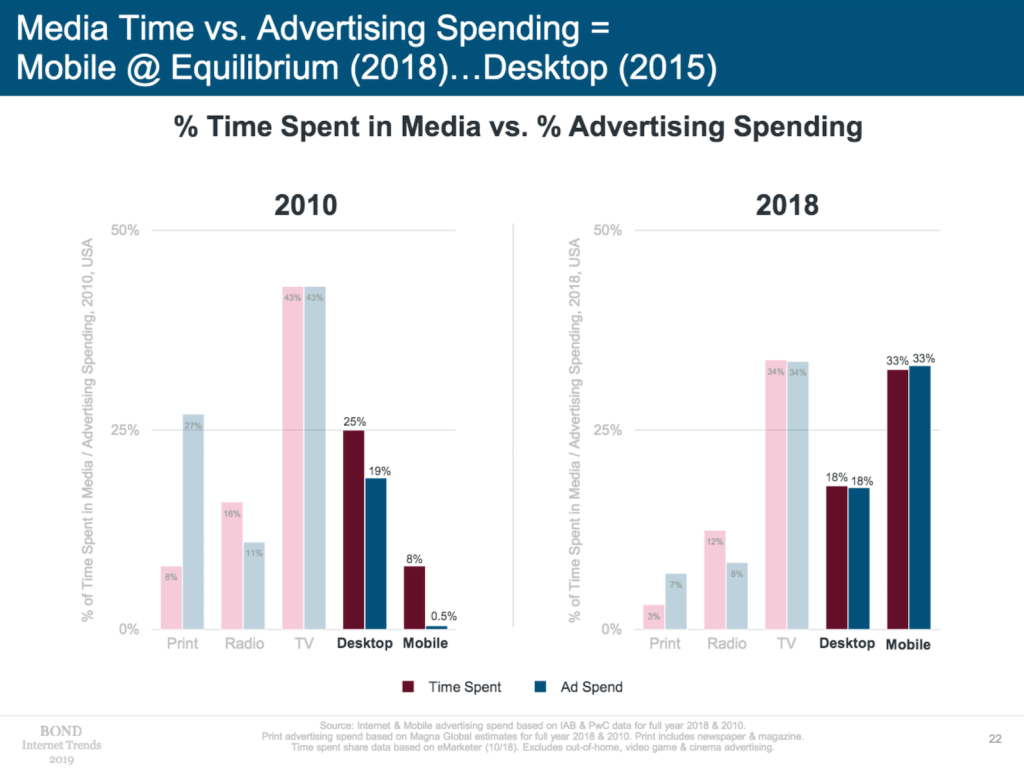



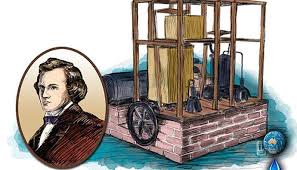
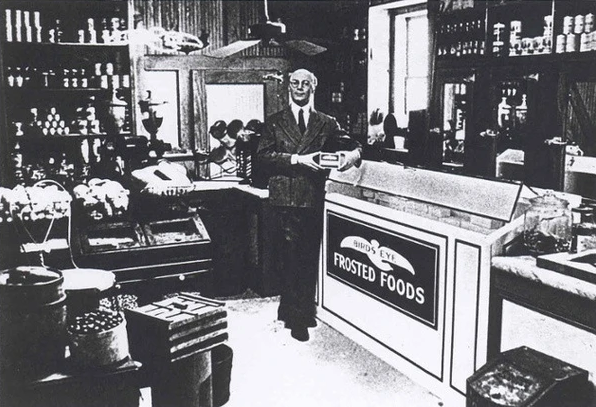


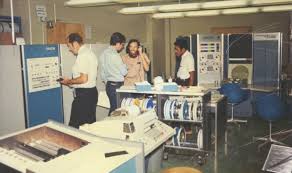

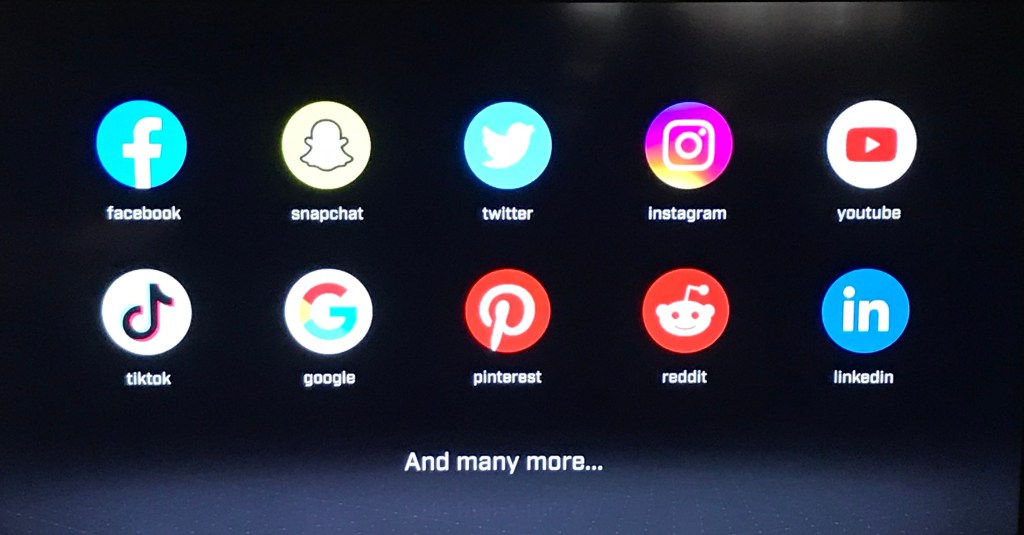
 I finally did it. I cut the cable cord in July 2017. It had been something that I had been thinking about for well over a year now.
I finally did it. I cut the cable cord in July 2017. It had been something that I had been thinking about for well over a year now. I grew up with TV.
I grew up with TV. P.T. Barnum, among many others, is credited with saying: “
P.T. Barnum, among many others, is credited with saying: “ It mattered little that most of that coverage was negative. What mattered was they spelled “Trump” correctly.
It mattered little that most of that coverage was negative. What mattered was they spelled “Trump” correctly. This is not a blog about politics. It’s a blog to mentor people about media.
This is not a blog about politics. It’s a blog to mentor people about media.